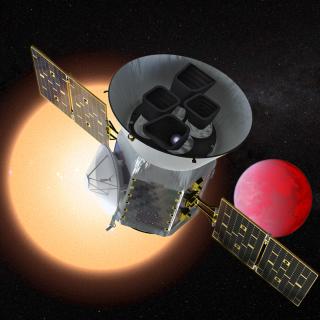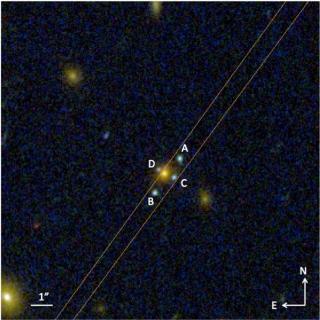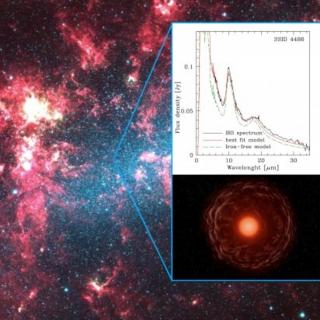
Researchers at the Instituto de Astrofísica de Canarias (IAC) and the University of Cambridge have detected lithium in a primitive star in our galaxy. The observations were made at the VLT, at the Paranal Observatory of ESO in Chile.
Advertised on




